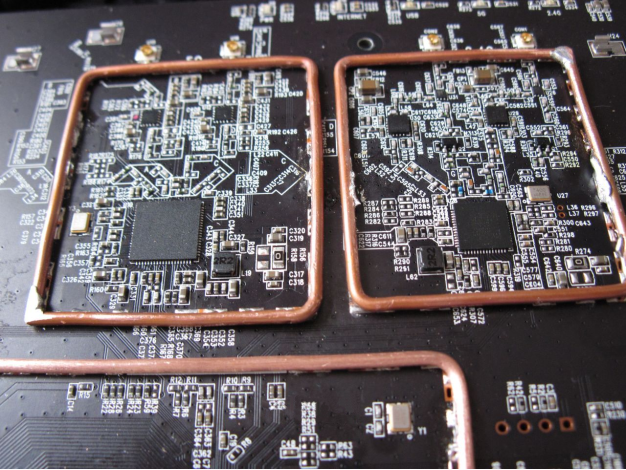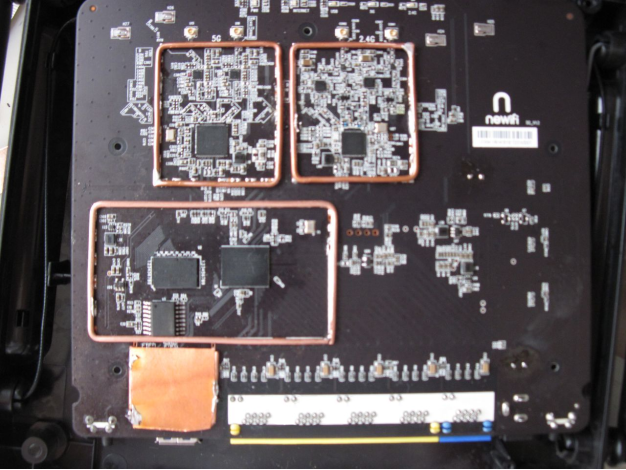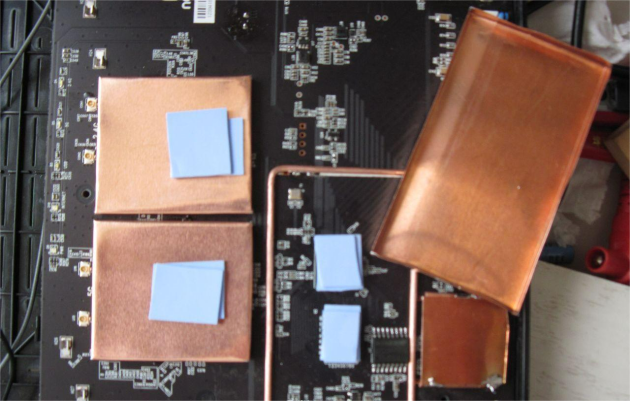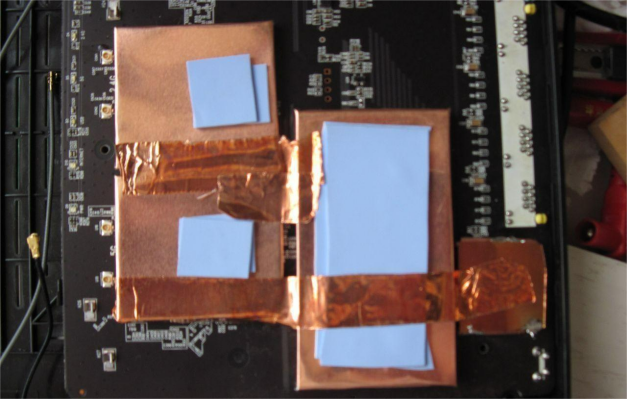
If you're interested in creating a DIY WiFi shielding cover, this article is worth a read.
This is about using a NEWIFI D2 router as the main router for a low-voltage box, with the shielding providing noticeable improvements. See the image below for reference.





Here's what you need to do:
· Use 1.5–2.5 mm² single-core copper wire to create a "wall." Place this wall on a copper foil base, leaving 2–3 mm around the edges for adjustment.
· Trim off the corners and fold the edges to shape the shielding cover.
· Solder the "wall" onto the PCB and adjust the height of the shielding cover according to the components.
· Add thermal pads on top of the chip for heat dissipation.
· Adjust the thermal pads on the outside of the cover. If available, you could use copper or aluminum sheets instead of multiple thermal pads, but if those aren't accessible, stacking thermal pads works as an alternative.
· Lastly, attach double-sided conductive copper foil on the exterior to ensure good contact between the PCB ground and the aluminum panel.
For this router, high-load cooling isn't necessary—focus on the CPU if you want additional heat management. The shielding modifications primarily ensure that USB usage won't interfere with wireless performance. You can test other parts later if needed.




